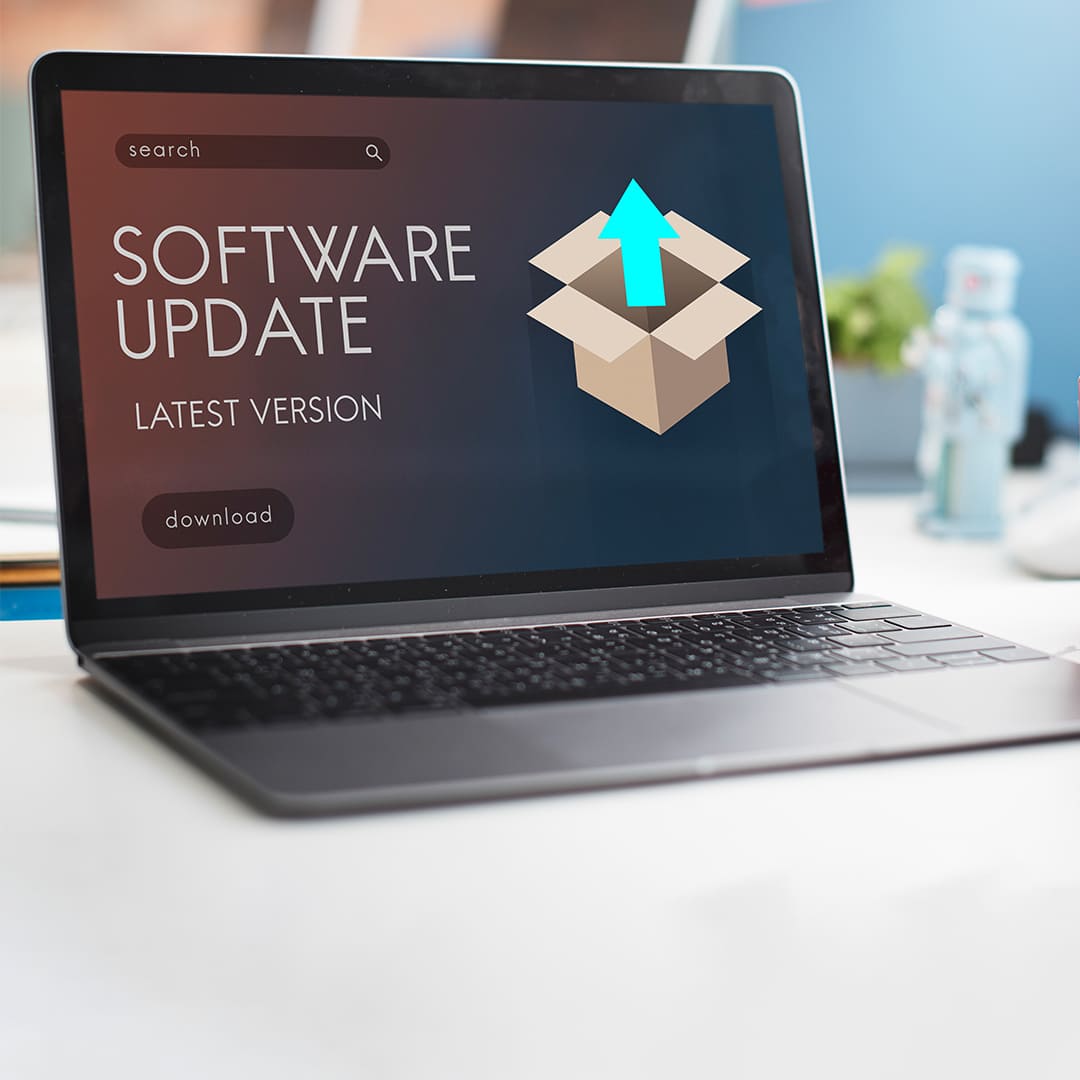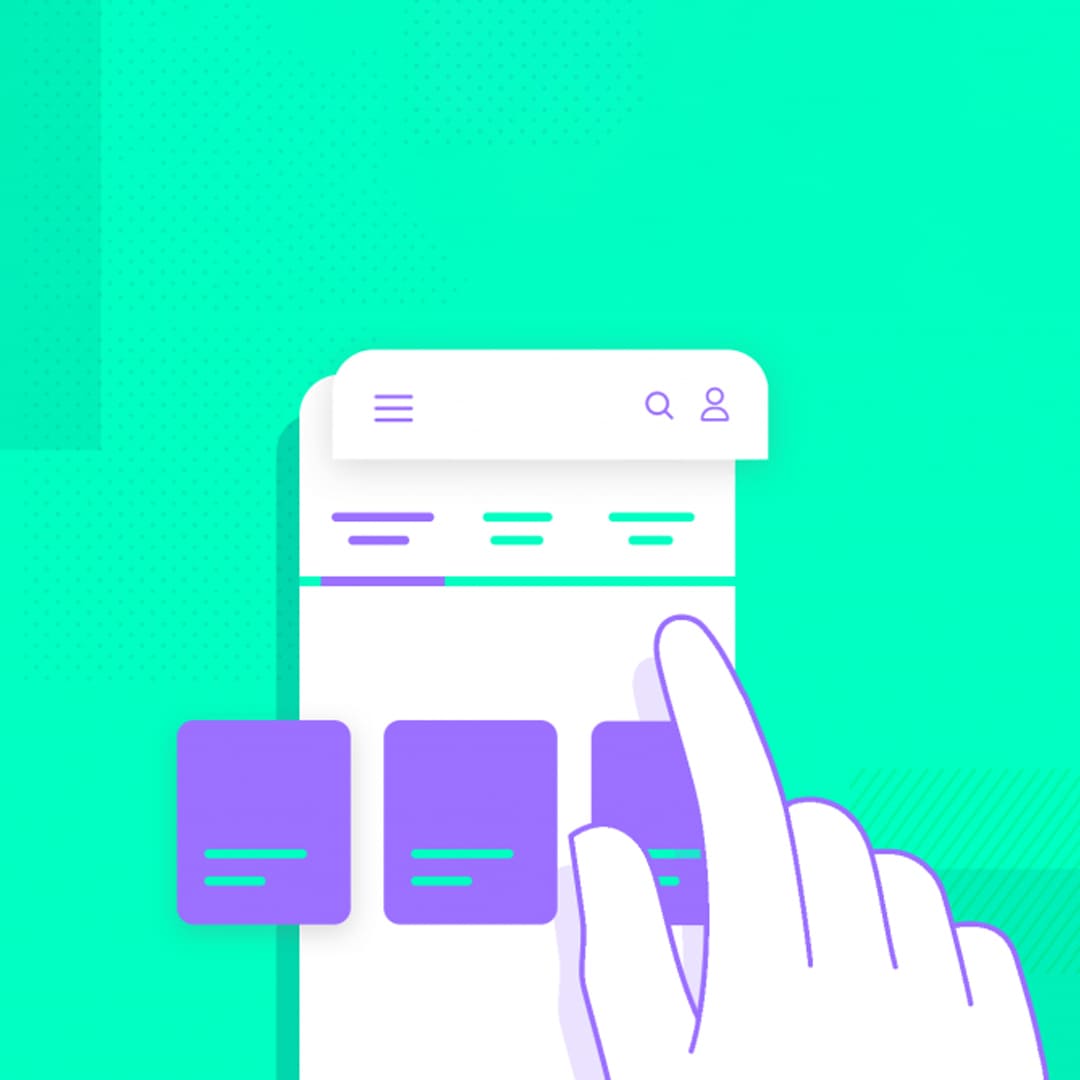Managing Cross-Platform Development Issues

In the dynamic realm of software development, effectively managing cross-platform development obstacles is an essential responsibility. Maintaining smooth operation and consistent user experiences amid the increasing demand for apps across several platforms, operating systems, and devices is one of the largest difficulties facing developers. Platform fragmentation, uneven UX standards, and problems with performance optimization are just a few of the difficulties that come with cross-platform development, despite its increased effectiveness and wider audience. Negotiating the intricacies of cross-platform development in this context necessitates a smart approach that combines innovative ideas, dependable frameworks, and stringent testing protocols. This presentation explores the complex world of cross-platform development problems, looking at the difficulties developers face and the creative solutions that advance the field.
Knowing How to Develop Cross-Platform
When software is developed with a single codebase, it can run on various platforms or operating systems, including Windows, iOS, Android, and web browsers. This method is known as cross-platform development. Numerous benefits come with this strategy, such as shorter development times, less expenses, and simpler upkeep. These are the primary components of cross-platform development:
- The use of frameworks and tools, which enable programmers to write code only once and distribute it across several platforms, is crucial for cross-platform development. Some popular cross-platform frameworks include:
- React Native, invented by Facebook, enables programmers to build mobile applications with React and JavaScript. The app offers a user experience similar to a native application by demonstrating components with native UI elements.
- A Microsoft tool named Xamarin enables C# and.NET programmers to generate cross-platform mobile applications. It provides native API access together with platform-specific features.
- NativeScript: Developed by Progress, NativeScript enables developers to build native mobile applications using JavaScript, TypeScript, or Angular.
- Code Reusability: A characteristic of cross-platform frameworks, code reusability enables programmers to come up with a single codebase that works with multiple platforms. Most application logic and UI elements can be reused, while platform-specific code might be needed to access native features or optimize performance.
- Native Performance: Despite running on multiple platforms, cross-platform applications aim to provide a native-like user experience in terms of performance and appearance. Many frameworks achieve this by compiling code to native binaries or using platform-specific APIs to interact with device hardware and software.
- Platform-specific customization: It is prevalent among cross-platform developers to make sure they take requirements and rules specific to a certain platform into consideration. It could be required by developers to make modifications to an application's UI, navigation, or functionality in order to ensure it feels consistent across every operating system.
- Debugging and Testing: To ensure optimal performance and compatibility across an assortment of platforms and devices, cross-platform applications need to go through a comprehensive testing and debugging procedure. In addition to the debugging tools that are provided with the framework or platform SDKs, emulators, simulators in general, and actual devices are frequently employed for testing by developers.
- Distribution and Deployment: Following development and testing, the program needs to be made available through a variety of channels or put into app stores. Every platform could have different requirements for submission and evaluation, as well as different policies for commercialization and app store optimization.
All things considered, cross-platform programming presents a strong option for creating apps that run on several platforms while maximizing code reuse and reducing development time. To choose the best course of action, developers should carefully consider the limits and requirements of each project.
While there are many benefits to cross-platform development, there are also particular difficulties that developers must overcome to make their projects successful. These are a few typical difficulties encountered in cross-platform development:
- Features Particular to a Certain Platform: Every platform, such as iOS and Android, has a unique collection of features and functionalities. It can be difficult to include platform-specific functionality in a cross-platform application because doing so frequently calls for either creating platform-specific code or utilizing plugins or extensions that the cross-platform framework offers.
- Performance Optimization: Achieving native-like performance across several systems is not always simple. Frameworks that span several platforms may add overhead, and it takes careful thought and testing to maximize efficiency for every platform while preserving readability and simplicity of code.
- Consistency in User Interface (UI): There are differences in design rules, screen sizes, and input methods that make it difficult to guarantee a consistent UI experience across platforms. Because different devices and screen resolutions require different UI components and layouts, developers must create them with flexibility in mind.
- Platform Fragmentation: The range of device kinds, screen sizes, and operating system versions in use contribute to the fragmentation of the mobile ecosystem. Careful testing and possibly device-specific modifications are needed to ensure compatibility and consistent behavior across a wide range of devices.
- Restricted Native API Access: Although cross-platform frameworks offer a lot of native APIs, there could be delays or restrictions when it comes to supporting the newest platform features or APIs. To access some functionalities, developers might have to wait for framework updates or turn to platform-specific code.
- Tooling and Ecosystem Support: The availability and quality of development tools, libraries, and community support can vary between cross-platform frameworks. Developers may encounter challenges finding suitable third-party libraries, debugging tools, or documentation for their chosen framework.
- Overhead and Bundle Size: Cross-platform applications often have larger binary sizes and longer load times compared to their native counterparts due to the inclusion of framework dependencies and assets for multiple platforms. To improve user experience, especially on low-end devices or networks, overhead must be kept to a minimum and bundle size must be optimized.
- Versioning and upkeep: Keeping cross-platform apps up to date over time can be challenging, especially when juggling platform SDK updates, shifting device capabilities, or changing design styles. It is necessary to implement versioning methodologies and code organization practices in order to handle upgrades and guarantee cross-platform compatibility.
- Vendor Lock-In: When a single cross-platform framework is used excessively, it can result in vendor lock-in, which ultimately lowers portability and flexibility. Developers should weigh the trade-offs between using a proprietary framework and incorporating more open-source and interoperable technology.
Overcoming these challenges requires a combination of technical expertise, painstaking planning, and in-depth familiarity with the target platforms and frameworks. Through the utilization of community resources, best practices, and ongoing education, developers may surmount these challenges and construct superior cross-platform applications.
Techniques for Handling Problems with Cross-Platform Development
Cross-platform development problems need to be managed with a combination of technical know-how, strategic planning, and good communication. The following techniques can be used to solve and lessen typical cross-platform development challenges:
- Examine the project specs in depth, paying attention to the user experience objectives, device capabilities, target platforms, and performance needs. Selecting the ideal cross-platform framework and creating a scalable architecture will be made easier by being aware of the project's unique requirements and limits.
- How to Choose the Greatest Framework: Evaluate and contrast multiple cross-platform frameworks while considering features, community support, licensing concerns, performance, and ecosystem maturity. Pick a framework whose capabilities complement the skills of the development team and the project needs.
- Platform-Specific Code Segregation: Use the cross-platform framework's plugins and extensions or platform-specific code to implement requirements that are unique to a given platform. By segregating platform-specific code, code clarity is maintained and maintenance and updates are made simpler.
- Enhance Performance: Apply platform-specific performance enhancements such code splitting, lazy loading, picture compression, and memory management strategies. Profile the application's performance using tools relevant to the platform and address bottlenecks as necessary.
- Provide Adaptable UI Elements: Design interfaces and layouts that function effectively across a variety of screen sizes, resolutions, and input methods. To guarantee a consistent user experience across platforms, make advantage of adaptive components, flexible layouts, and responsive design principles.
- Create a thorough testing plan that covers usability, performance, compatibility, and functionality testing on a variety of platforms and devices as part of continuous testing and quality assurance. Utilize technologies and frameworks for automated testing to speed up testing and spot issues early in the development lifecycle.
- Version control systems like Git are useful for managing code changes, branches, and merges in an effective manner. This leads to version control and continuous integration. Construct pipelines for continuous integration (CI) and delivery (CD) to automate build, test, and deployment procedures and guarantee dependable, consistent quality across platforms.
- Keep being proactive with regard to platform upgrades, security patches, and performance enhancements. To handle feature improvements, bug repairs, and platform compatibility problems, schedule routine maintenance cycles.
- The development team should be encouraged to collaborate with one another and make use of online communities, forums, and community resources to exchange information, troubleshoot issues, and suggest best practices. Keep current with the newest cross-platform development tools, upgrades, and trends by participating in the developer community.
- Reacting to platform changes, stakeholder feedback, and shifting project requirements should all be handled by someone who is agile and adaptive in the development process, tooling, and frameworks. Use an iterative development strategy to solve new difficulties and enhance the program bit by bit.
Development teams may effectively manage cross-platform development difficulties and produce high-quality apps that satisfy the needs of varied consumers across multiple platforms by implementing these tactics and cultivating a culture of cooperation, innovation, and continuous improvement.
Ensuring App Security in the Development Process
- Ensuring the safety of applications at every stage of development is essential to maintaining trust, protecting user information, and reducing the possibility of cyberattacks. Throughout the development lifecycle, the methods listed below and best practices can be implemented for enhancing app security:
- Examination of Security Requirements Start by determining which security requirements—such as data encryption, authentication methods, access restrictions, compliance laws (including GDPR, HIPAA), and potential dangers and vulnerabilities—are unique to your application.
- Secure Design concepts: When designing and building your application, keep these concepts in mind. Use defense-in-depth strategies, strong authentication and authorization processes, and the least privilege idea to minimize potential security threats.
- Instructions and processes for secure coding: In order to reduce the risk of prevalent vulnerabilities including SQL injection and XSS injection attacks, unprotected authentication, and insecure information storage, adopt safe programming standards and practices for developers. To discover and fix security vulnerabilities in the codebase, utilize static code analysis equipment.
- Sanitizing and validating user input is essential to preventing injection threats like cross-site scripting (XSS) and SQL injection. Use parameterized queries for database interactions and input validation libraries to sanitize user inputs effectively.
- Protect and Encrypt Data: Employ industry-recognized encryption methods to keep private information safe both during transmission and storage. To protect sensitive information on the device, secure storage methods and secure client-server protocols should be employed.
- Conduct comprehensive security testing at each phase of the development lifecycle. This ought to incorporate vulnerability scanning, analysis of static code, dynamic application security testing (DAST), and testing for penetration. In addition to manual code inspections, machine-learning security testing techniques should be implemented to efficiently detect and tackle security problems.
- Handling Dependencies and Third-Party Libraries: Update and patch third-party libraries and dependencies on a regular basis to ensure that security holes are fixed and that the latest security standards are followed. Use dependency management tools and vulnerability databases to monitor and address security vulnerabilities in third-party components.
- Cloud infrastructure, including databases and application servers, should be deployed and configured securely. Turning off unnecessary services, activating security tools like intrusion detection systems and firewalls, and putting cloud service providers' recommended security best practices into effect can all help achieve this.
- Incident Response and Monitoring: Establish incident response protocols and systems to efficiently detect, handle, and reduce safety issues. Implement monitoring, auditing, and tracking processes to keep checks on illicit transactions, illegal access attempts, as well as breach of security.
- User Awareness and Education: Educate users of security best practices, including methods to encrypt their gadgets, make strong passwords, and stay clear of dubious downloads and links. Give specific instructions on how to responsibly provide security events and weaknesses.
Through a proactive approach to danger detection and mitigation, as well as incorporating elements of security into each phase of the development process, developers can create robust and secure applications that safeguard user data and uphold confidence in an increasingly interconnected world.
In order to sum up, addressing cross-platform development problems is a difficult yet essential part of contemporary software engineering. Platform fragmentation, various UI paradigms, and performance optimization problems can be complicated, but developers have demonstrated to be exceptionally resilient and creative when it comes to solving them. Through deliberate adoption of cross-platform development frameworks like React Native, Flutter, or Xamarin, as well as thorough testing and ongoing development processes, developers could minimize compatibility issues and provide consistent user experiences across a broad range of platforms. Additionally, the collaborative nature of the development community fosters the exchange of best practices and the creation of novel approaches, both of which advance the area of cross-platform development. When technology develops and client demands shift, developers must remain flexible and alert to new difficulties. But if developers have an unrelenting dedication to excellence and use an anticipatory approach to problem-solving, they will continue to overcome the hurdles of cross-platform development and create exceptional programs and apps that users enjoy on a range of platforms and devices.
Recent Stories
500k Customer Have
Build a stunning site today.
We help our clients succeed by creating brand identities.
Get a Quote





















































































































